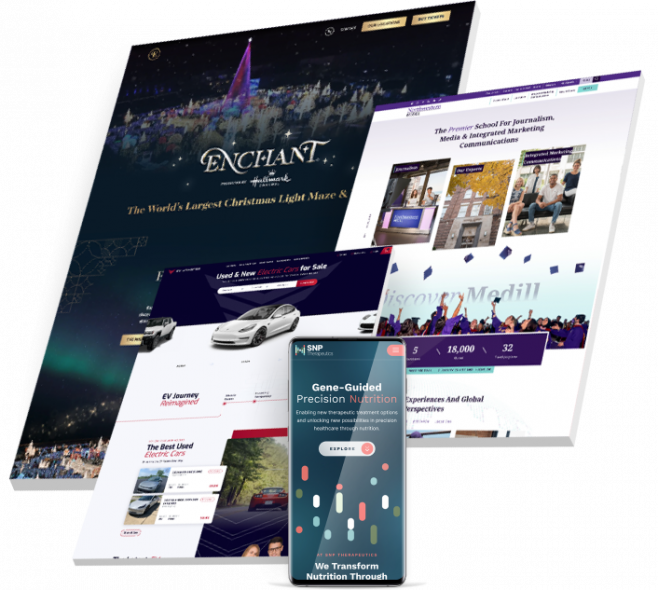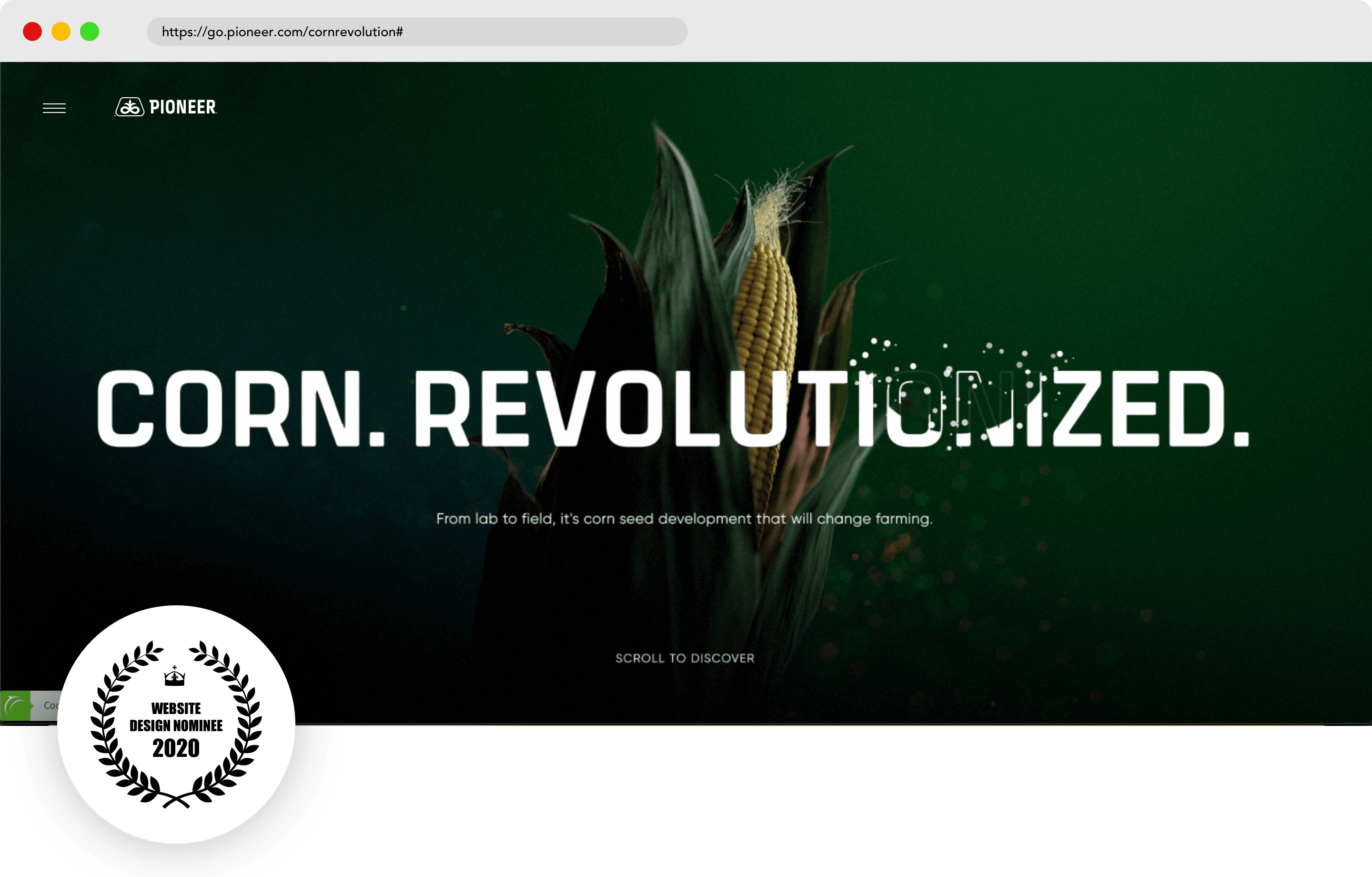Building User-Friendly Interfaces: Ideal Practices in Website Design
Building User-Friendly Interfaces: Ideal Practices in Website Design
Blog Article
Key Approaches for Applying User-Centric Site Style to Boost Interaction
When thinking about the implementation of user-centric web site layout, certain approaches are critical in enhancing engagement. Comprehensive research right into individual needs and preferences develops the structure, assisting the production of individual personalities to notify layout options. Intuitive navigating and receptive interfaces are crucial, ensuring convenience of access across all tools. Personalizing web content improves customer satisfaction, and robust availability attributes widen reach. These approaches jointly foster an even more significant online experience. How do these components come with each other efficiently, and what practical steps can be taken to guarantee their successful combination?
Understanding User Needs
Recognizing individual requirements is a fundamental step in the process of user-centric website style. Methods such as studies, meetings, and individual testing can give useful qualitative and measurable data regarding how users connect with the web site.
Evaluating this data permits developers to develop detailed individual personas that represent the different sections of the target market. These identities aid inform layout decisions by highlighting certain user objectives and difficulties, directing the growth of features that deal with these needs efficiently. Additionally, understanding the context in which users operate-- such as their environment, gadget choices, and time constraints-- can better fine-tune the style technique.
Compassion plays a vital function in this procedure, allowing developers to see the site from the customer's point of view. By prioritizing individual demands, the style process becomes extra focused, avoiding the addition of unnecessary elements that might mess the customer experience. Ultimately, a deep understanding of customer needs is critical in crafting a site that is both purposeful and practical.
Creating Intuitive Navigation
Having actually developed a thorough understanding of customer demands, the following step in user-centric internet site layout involves producing intuitive navigating. Effective navigating is basic to user contentment, affecting just how easily customers can discover information and full jobs. To achieve instinctive navigation, developers need to focus on simplicity and clarity, making sure that the navigation structure is logical and consistent throughout the website.
Organizing web content right into a clear pecking order is important. Website Design. The usage of familiar tags and symbols can lead customers effortlessly, decreasing cognitive load and improving the general customer experience. A well-designed navigating bar need to be plainly positioned, permitting customers to determine their existing area and quickly discover other areas of the site
It is additionally essential to integrate interactive elements such as breadcrumbs and search functionalities to assist users in browsing complex sites. These features supply additional paths and boost the ease of access of material, dealing with various user preferences and actions.
Testing navigation with actual users is important to identify prospective pain factors and make certain functionality aligns with individual assumptions. Regular comments loops and iterative renovations can aid maintain a reliable navigating system that adjusts to evolving customer needs, eventually enhancing interaction and fulfillment.
Creating Receptive Interfaces
Usually, developing receptive interfaces is a crucial facet of contemporary web style, making sure that websites are easily accessible and practical throughout a wide range of devices and screen dimensions (Website Design). This adaptability is critical in a landscape where customers accessibility web content through mobile phones, laptop computers, tablets, and desktops, each with varying resolutions and positionings. The key objective of receptive design is to enhance customer experience by preserving ideal readability and use, no matter the gadget used
To achieve this, web designers use versatile grid designs, fluid images, and CSS media queries. Flexible grids permit site components to resize proportionally, while liquid photos make sure visuals scale suitably without losing top quality. Media inquiries play an essential duty by applying various designs based on the device's characteristics, such as elevation, size, and alignment, hence tailoring the format to the individual's display.
Moreover, receptive interfaces contribute to boosted seo (SEARCH ENGINE OPTIMIZATION) by offering a seamless user experience, which consequently can decrease bounce rates and rise website interaction. In summary, review taking on receptive design is not simply a technological factor to consider however a crucial approach for promoting a user-centric internet environment that fulfills the needs of a diverse target market.

Personalizing Web Content Experience
Individualizing material experience is a vital component of user-centric site design that includes tailoring content to meet the unique choices and actions of individual customers. This method not just improves individual fulfillment however also cultivates much deeper engagement, as site visitors are most likely to communicate with web content that reverberates with their demands and passions. By leveraging data analytics and customer feedback, companies can determine patterns and fads that notify the personalization of internet material.
Including personalization strategies can range from straightforward modifications, such as suggesting products based on surfing background, to much more advanced techniques like dynamic web content that adapts in real-time to a customer's communications. Customized touchdown pages can dramatically enhance conversion rates by providing users with appropriate info and uses that align with their previous activities and preferences.
Furthermore, using fabricated knowledge and artificial intelligence can further refine content personalization by continually picking up from individual behaviors and adjusting to arising trends. This not just improves the individual's journey yet additionally builds brand name loyalty, as customers feel comprehended and valued. Inevitably, individualizing the web content experience is an essential method for businesses aiming to develop an extra appealing and significant interaction with their audience.
Enhancing Availability Functions
Enhancing ease of access features is a fundamental element of user-centric website design, ensuring that digital material is usable by everybody, consisting of people with disabilities. This method not just follows legal standards such as the Americans with Disabilities Act (ADA) and the Internet Web Content Accessibility Standards (WCAG) however likewise dramatically go right here widens a web site's target market reach. By integrating features like keyboard navigating, screen visitor compatibility, and different message for pictures, web sites come to be much more inclusive, offering a seamless experience for individuals with visual, acoustic, or electric motor impairments.
Including responsive design aspects is crucial, promoting gain access to on different gadgets and display dimensions, thus fitting customers with various preferences and needs. Comparison ratios and message size changes can boost readability for people with aesthetic challenges. Offering concise and clear web content structure, such as checklists and headings, aids understanding and navigating, specifically for customers with cognitive handicaps.
Normal availability audits ought to be conducted to recognize and fix prospective obstacles, making certain ongoing conformity and usability. By focusing on ease of access, companies not only foster inclusivity however likewise improve general customer interaction and complete satisfaction, ultimately driving greater conversion prices and reinforcing brand name loyalty.

Conclusion
Incorporating user-centric layout strategies dramatically improves site interaction by prioritizing the needs and choices of customers. Detailed research helps with the production of customer personalities, assisting targeted layout decisions. Intuitive navigating and receptive interfaces enhance functionality and ease of access throughout devices. Customizing web content based upon user habits raises fulfillment, while durable ease of access features increase target market reach. Collectively, these strategies develop a significant on-line experience, promoting deeper involvement and communication with the web site.
Complete research study right into individual demands and choices creates the structure, guiding the creation of user personalities to inform design options. Strategies such as surveys, interviews, and user testing can supply beneficial qualitative and measurable information regarding how users engage with the website.
By prioritizing customer needs, the our website style process comes to be much more focused, preventing the incorporation of unneeded aspects that might clutter the user experience. Reliable navigating is basic to customer contentment, influencing just how quickly users can find info and total tasks. The usage of acquainted tags and icons can direct customers easily, lowering cognitive load and improving the general user experience.
Report this page